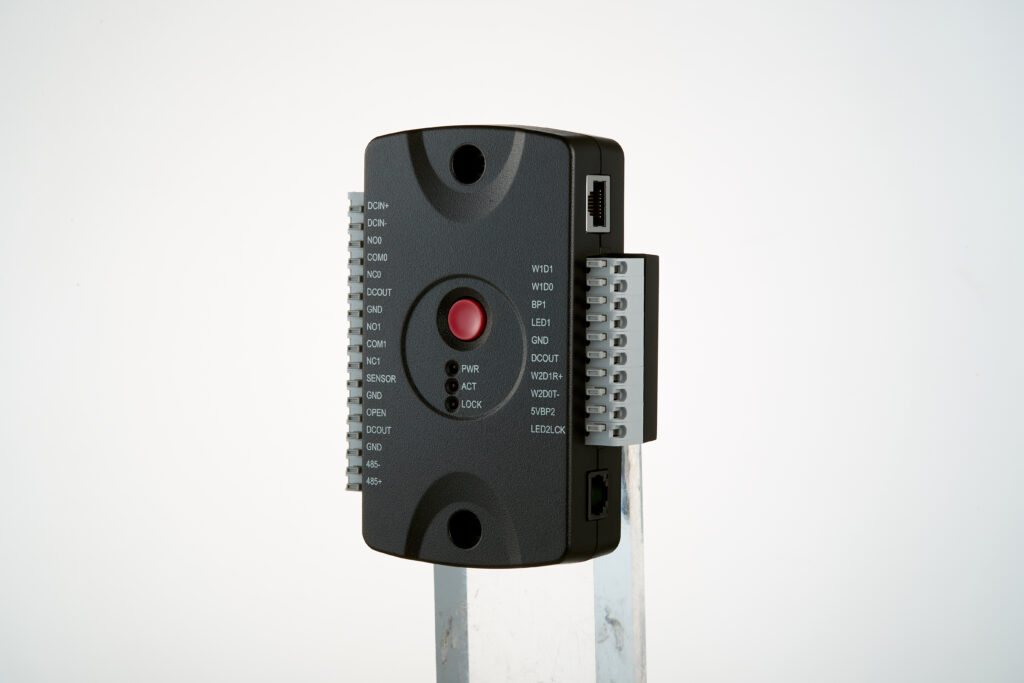The lift management system is a mechanism designed to manage and optimize the movement of people and goods between different levels. This system is engineered to divide the lift space into several distinct zones, each serving specific floors. The goal of the lift management system is to maximize efficiency and save time for lift users.
Specifically, in the lift management system, lifts are assigned to one or several specific zones within the building and only serve the floors within that zone. This means the lift only stops at the floors within its designated zone, reducing waiting times and optimizing movement between floors. This system can be operated through control panels or codes selected by users before entering the lift to designate their desired floor.
Lift management system is commonly employed in high-rise buildings, shopping centers, hotels, and any structure requiring efficient and time-saving movement of large numbers of people and goods between floors. It enhances productivity and convenience for both users and building management by optimizing efficiency in vertical transportation.
Lift management system comprises the following components:
- Identification device or reader: Functions to recognize cards, QR codes, barcodes, fingerprints, or facial recognition.

Central control unit: Connected to the reader to manage and control movement between lift floors.
Lift control unit: This is the most pivotal device in the lift management system, managing permissions for accessing or restricting certain floors within the building.

Access control management software: Manages all entry and exit events within the lift .
Other accessories such as wiring, buttons,…
Lift management system offers numerous significant advantages in moving people and goods between floors in high-rise buildings and multi-story structures. Here are some key benefits of the lift management system:
- Enhanced Safety: Ensures high safety standards with tighter security measures.
- Utilization of Advanced Technology: Incorporates modern and advanced technology for lift control.
- Risk Mitigation: Reduces risks and potential losses in highly secure floors, such as those housing sensitive documents or exclusive products in companies or businesses.
- Reduced Overcrowding and Waiting Times: Usage of tiered lift control helps limit overcrowding and waiting times during each movement.
- Fuel Efficiency: Limits fuel wastage through efficient movement.
- High-End Security System: Implements top-tier security features for lifts, fostering a sophisticated, professional, and modern environment.